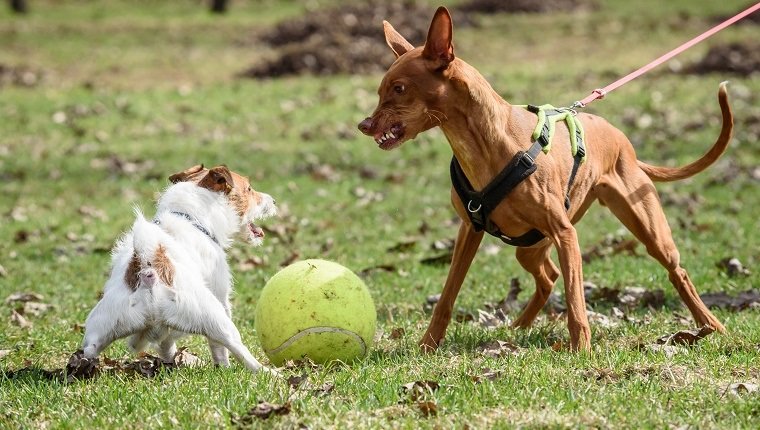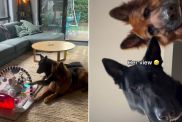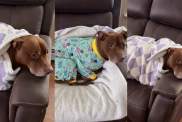As dog lovers, our pups are precious to us, and we’d never do anything to put them in danger. Well, not intentionally. There are many common practices among dog parents that put our best friends at risk, even if they aren’t intended to do so.
Sometimes it’s simply slacking on certain needs and safe practices, sometimes it’s a lack of information, and sometimes it’s the flawed belief that since nothing bad has happened so far, it probably won’t happen in the future.
All it takes is one mistake to spell disaster for your pooch. Here are eleven common things people do that put their dogs in danger.
What other things do dog parents do that put their pups at risk? Do you have any safety tips for dog lovers? Let us know in the comments below!
Things Dog Parents Do That Put Their Pups In Danger
-
Walking Without A Leash
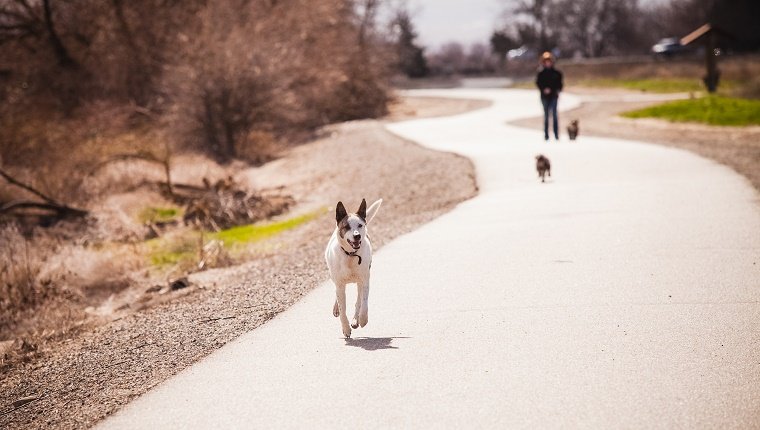
(Picture Credit: debibishop/Getty Images)
Even the best-trained dogs are at risk when walking without a leash in public places. There's no telling when something out of the ordinary can happen that will cause your dog to bolt, potentially into traffic.
Walking off-leash gives you little control in such situations. You don't know when your dog might take an interest in trash on the ground, other animals, another dog's waste, or any number of things that could be choking hazards or carry harmful bacteria and parasites.
And even if your dog is friendly when approaching other people or dogs, not everyone wants to greet your pup, and not every other dog is friendly.
Be safe and follow leash laws.
-
Unsafe Car Rides

(Picture Credit: Krit of Studio OMG/Getty Images)
Your dog probably loves car rides with their tongue hanging out the window, enjoying the smells floating by in the wind. It's important, however, that you make the car ride safe for your pup, too.
That means the window should never come down far enough for your pup to be able to jump out. Being able to stick their nose out for lots of sniffs is usually fine, but there's no way to know when a dog in another car will make your pup want to jump out for a visit.
A seat belt or harness is also a must.
If the worst happens and you get in an accident, your dog's body will still be moving at the same speed as your car if they don't have a seat belt, and they'll probably get hurt and also hurt you when they slam into you.
If your dog isn't hurt by the crash, they can still bolt from fear after the accident and get lost or hit by another car. A restraint will help rescuers deal with your scared dog, too, when they come to help you.
And this should go without saying, but NEVER let your dog ride in the bed of a pickup truck. 100,000 dogs die this way each year. DON'T try it. It's one of the dumbest things a dog parent can do.
-
Not Vaccinating
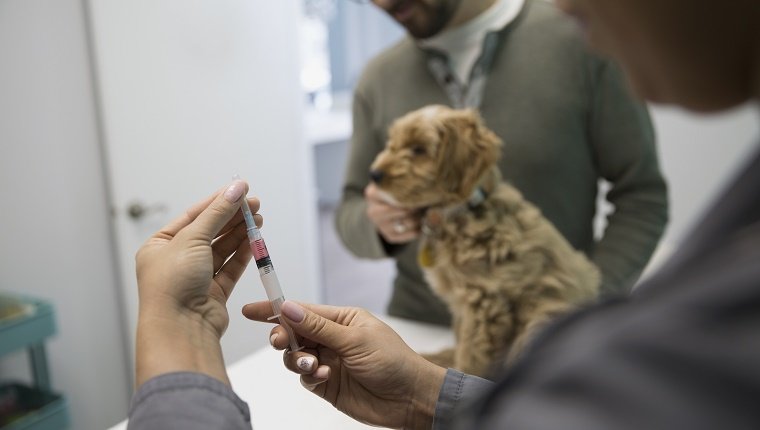
(Picture Credit: Getty Images)
Vaccinations save dogs from a number of diseases, many of which used to be quite common. That's mostly a good thing, but it also causes some dog parents to think that they don't need to vaccinate anymore because these diseases are now rare.
Vaccines are most effective when every member of a population has them, and the more dogs who don't have them, the greater the risk of an outbreak. It's true that some dogs have adverse reactions to vaccines, but those instances are rare, and they don't outweigh the benefits of being vaccinated.
Keep your dog's shots up to date. If you're concerned about over-vaccinating your dog, talk to your vet about titer testing. This is a blood test that can measure antibodies for certain diseases and determine whether your dog needs another vaccination.
-
Rawhide Chews
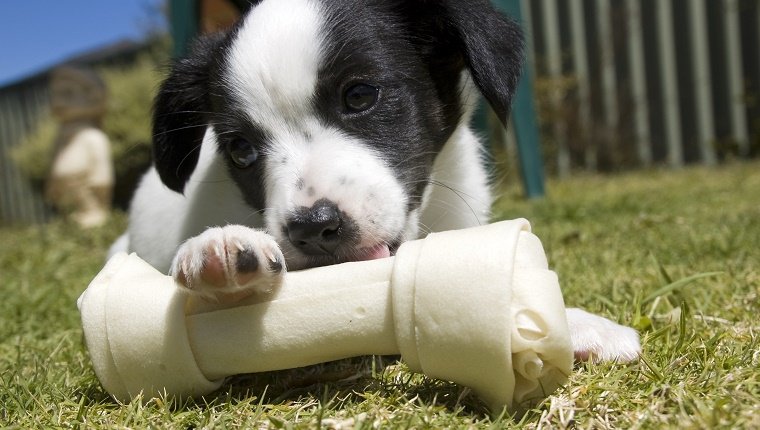
(Picture Credit: yellowsarah/Getty Images)
Rawhide chews have been a popular dog treat for ages, but they aren't the safest treats. Some dogs have allergies or are sensitive to rawhide and can experience digestive irritation, but a huge problem is that they're choking hazards and can cause digestive blockages.
Rawhide can break into hard pieces, sometimes sharp ones, that are not digestible. These chews can also be treated with toxic chemicals that are harmful to pups.
It's best to stay away from rawhide and find a healthier alternative.
-
Leaving Human Food Out
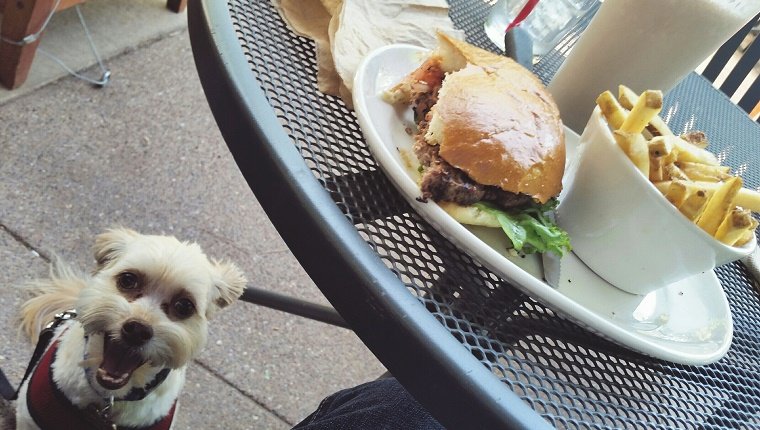
(Picture Credit: Eirik Gumeny / EyeEm/Getty Images)
If your dog is the type who likes to sneak a scrap from the table, be aware that there are many foods that are toxic for dogs. Most people know about chocolate, but there are also sugar, grapes, avocados, salt, garlic, dairy, and fatty foods to worry about.
Even peanut butter, which can contain xylitol, may be harmful to your dog, so read the ingredients. Additionally, chicken bones, rib bones, or steak bones can all present choking hazards or break off into sharp pieces that can do internal damage.
Do not leave these foods out where your dog can get them, and make sure any food waste is put in a secure trash can that your dog can't get into.
-
Leaving Chemicals Out
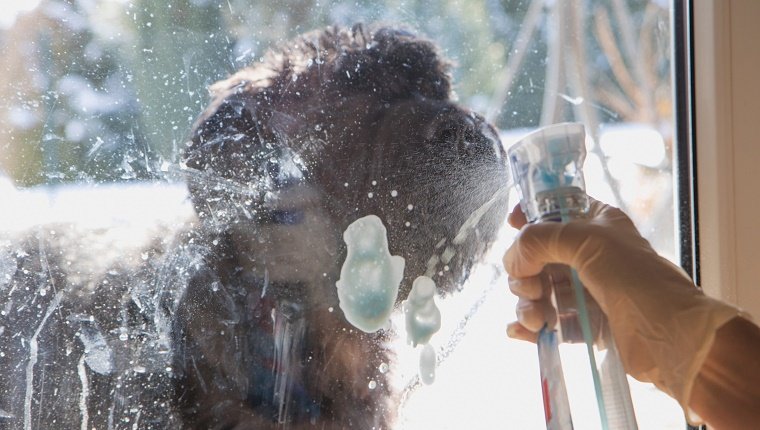
(Picture Credit: Jaroslav Frank/Getty Images)
Household cleaners are full of chemicals, and a lot of them smell nice and taste sweet. These are toxic for dogs and can easily cause poisoning.
Antifreeze is especially dangerous in colder months as it can spill or leak on the ground and in puddles where a dog can lick it up. Other household items that contain chemicals like liquid potpourri or glow sticks can be dangerous, as well.
All of these items should be stored securely where dogs can't get to them. Surfaces that are cleaned should be allowed to dry, as dogs can get substances on their paws and lick them.
-
Holiday Celebrations
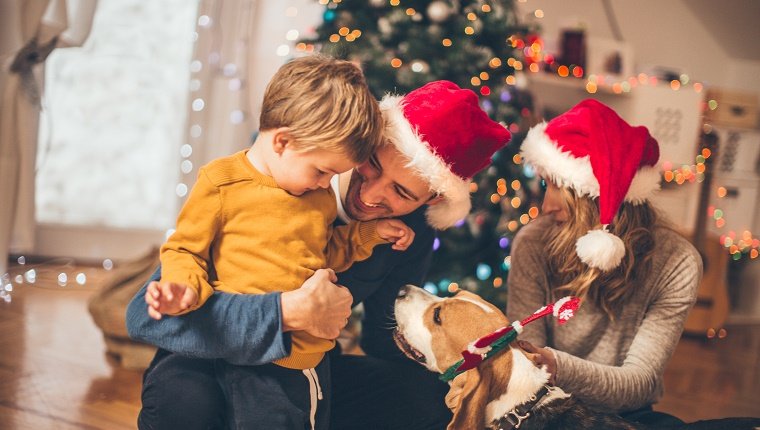
(Picture Credit: AleksandarNakic/Getty Images)
Holiday celebrations combine a lot of dangers all at once. Ringing doorbells, strangers in the house, food and alcohol left out, doors opening and closing, and loud noises from things like fireworks cause dogs to end up lost or at the emergency vet every year.
The Fourth of July is the most dangerous day for dogs in the United States due to the fireworks that cause dogs to bolt or suffer from anxiety. Halloween is scary for pups because of all the people showing up at the door in frightening costumes.
Christmas and the winter holidays are dangerous because of all the toxic food, decorations, and fire hazards from candles.
Make sure your pup is safely tucked away in a separate room with some soothing music or a television to help reduce anxiety and prevent them from getting lost.
-
Not Picking Up Poop
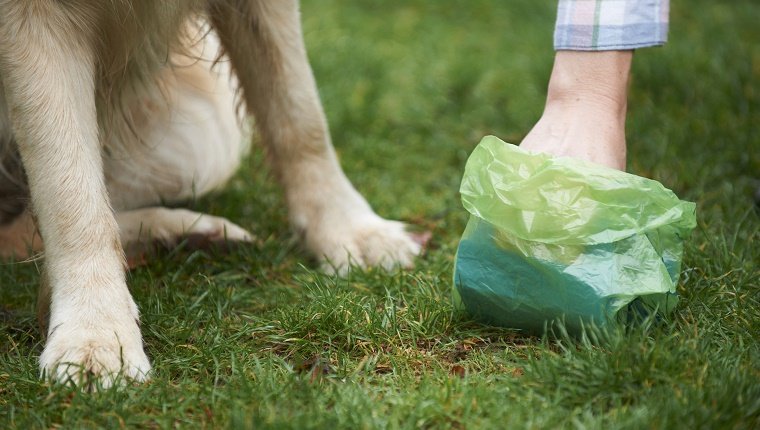
(Picture Credit: MachineHeadz/Getty Images)
This is one of those things that lazy dog parents think they're getting away with, but it could come back to bite them. Dog poop can be full of bacteria and parasites, and it transmits diseases such as giardia, parvo, and tapeworms.
Not only is the poop itself harmful, it can also attract pests like rats that continue to spread disease. Picking up your dog's poop isn't just a matter of getting rid of the stink, it's a matter of public health, and even your own dog's health.
Don't let your dog get bitten by a disease-infested rat just because you're too lazy or too dainty to pick up after your dog.
-
Relaxing On Flea And Tick Treatment
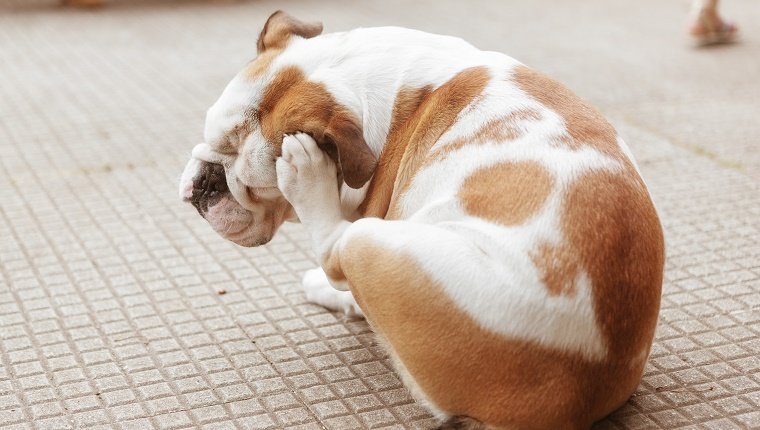
(Picture Credit: Carol Yepes/Getty Images)
Some dog parents relax on flea and tick treatment in the winter months because they believe the cold has killed off most of the pests.
The problem is that ticks and fleas like to move inside where it's warm during those months, and they can find places to hide even in your home. An infestation can happen at any time of year, and they can bring diseases such as Lyme disease, Rocky Mountain spotted fever, and tick paralysis with them.
Keep your dog safe and use year-round protection against fleas and ticks.
-
Leaving Dogs Unsupervised With New Humans Or Animals
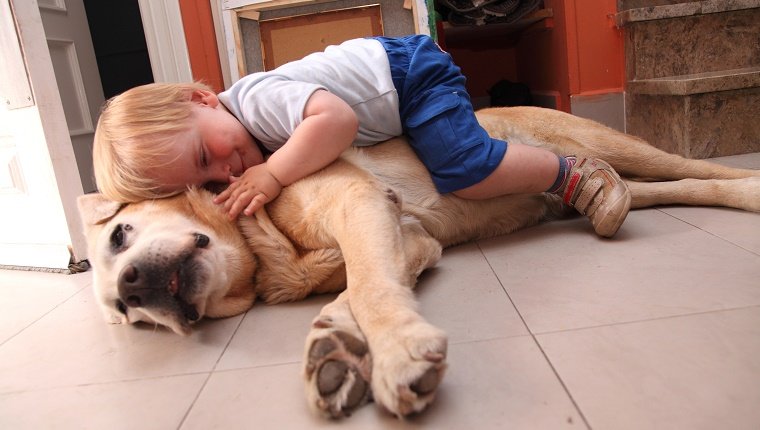
(Picture Credit: Aitor Diago/Getty Images)
If your dog is friendly, you may be perfectly comfortable with allowing them to meet new people, dogs, or cats. The problem is that you don't know those other people, dogs, or cats.
Leaving your dog alone with a human they don't know, especially a child or infant, puts them in a new situation that can cause anxiety. Kids especially aren't always familiar with how to handle animals, and your dog could snap out of fear.
Other dogs might not be as well behaved or socialized and start a fight, and a cat may not be as thrilled to meet your pooch as you think. It's best to keep an eye on your dog to make sure you're in control of the situation.
All it takes is a moment unsupervised for trouble to arise.
-
Improper Equipment
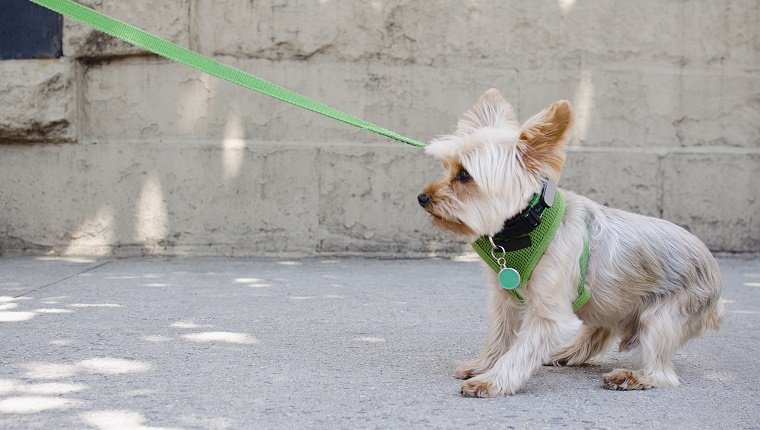
(Picture Credit: Tetra Images - Jamie Grill/Getty Images)
Having the right equipment to keep your dog safe isn't always easy. Leashes are rated for certain weights, and collars are often breed specific. Greyhounds need different collars than Pit Bull dues to the size and shape of their heads, for example.
Collars and leashes aren't the only thing to worry about. Your dog needs proper footwear for walks if you live in an area where it gets very cold or very hot. Hot pavement can damage a dog's paws, as can ice or salt used for melting snow.
Even food bowls are a concern that pet parents should pay attention to. Plastic bowls can break apart or leach chemicals into food and water. Some bowls are designed with obstructions that prevent your dog from eating too fast, like Labradors and Golden Retrievers tend to do.
Consider all of these things when purchasing equipment for your dog. Research before you buy.

